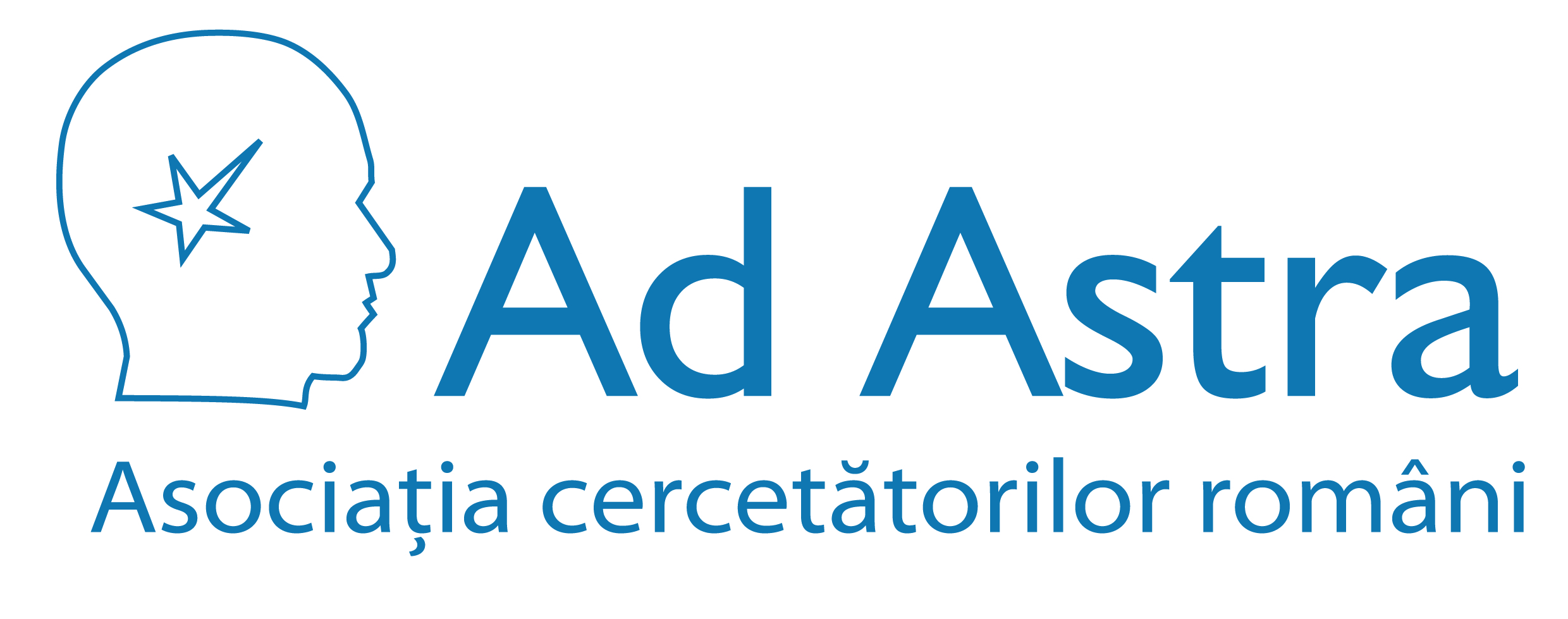Scopul nostru este sprijinirea şi promovarea cercetării ştiinţifice şi facilitarea comunicării între cercetătorii români din întreaga lume.
Staff Login
Vapour-liquid equilibria for the binary mixtures of methyl ethyl ketone(2-butanone)+ some chloroalkanes at temperatures from 298.15 to 318.15 K. Comparison with disquac model prediction
Domenii publicaţii > Chimie + Tipuri publicaţii > Articol în revistã ştiinţificã
Autori: Dragoescu, D., Barhala, A., Teodorescu, M.
Editorial: Revue Roumaine de Chimie, 56 (5), p.487-500, 2011.
Rezumat:
The vapour pressures of binary mixtures of methyl ethyl ketone (2-butanone) + chloroalkanes (1-chloropentane, + 1,1,1-trichloroethane, + 1,1,2,2-tetrachloroethane) were measured by a static total pressure method, at temperatures between 298.15 K and 318.15 K. The vapour pressures vs. liquid phase composition data have been used to calculate the activity coefficients of the two components, and the excess molar Gibbs energies GE for the mixtures, using Barker’s method. Redlich-Kister, Wilson and NRTL equations have represented the GE values, and the vapour phase imperfection was taken into account in terms of the 2nd virial coefficients. The studied systems behave differently: for the first and second mixtures, the deviations from Raoult’s law are positive, while for the third mixture, the deviations from ideality are negative and large. These experimental VLE and GE results and the literature HE data for the linear ketone + chloroalkane mixtures, are examined on the basis of DISQUAC (DISpersive-QUAsiChemical) group-contribution model.
Cuvinte cheie: Vapour-liquid equilibria; Excess Gibbs energy; Mixtures; 2-Butanone; Chloroalkanes, DISQUAC model

